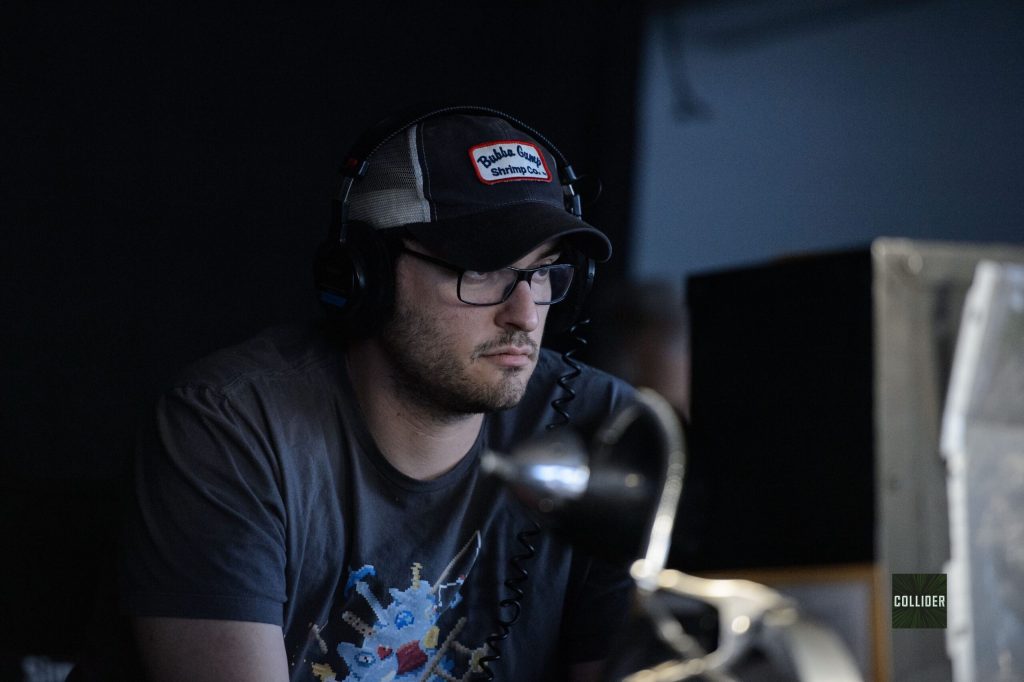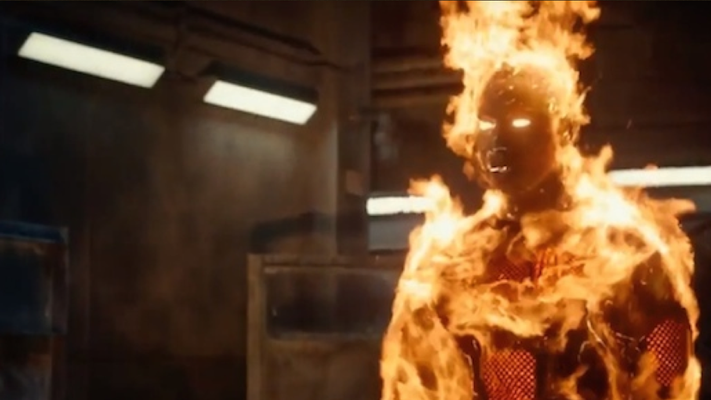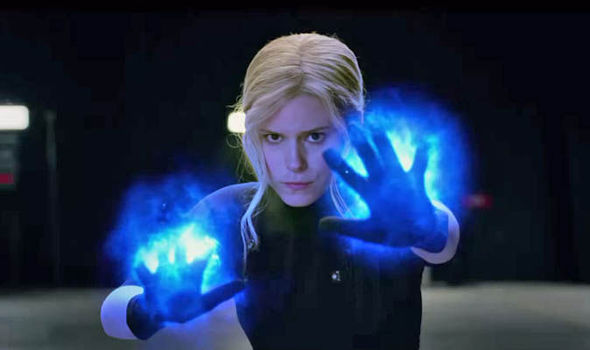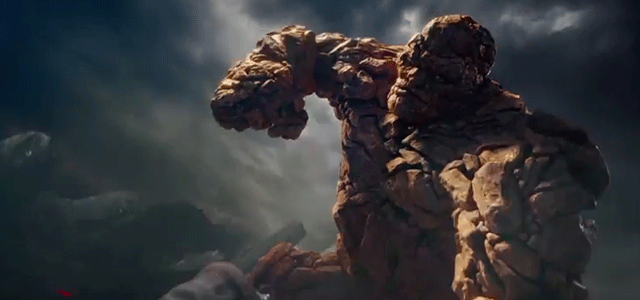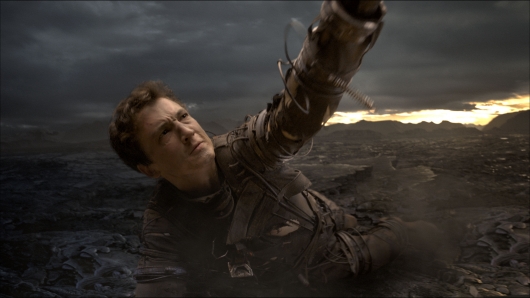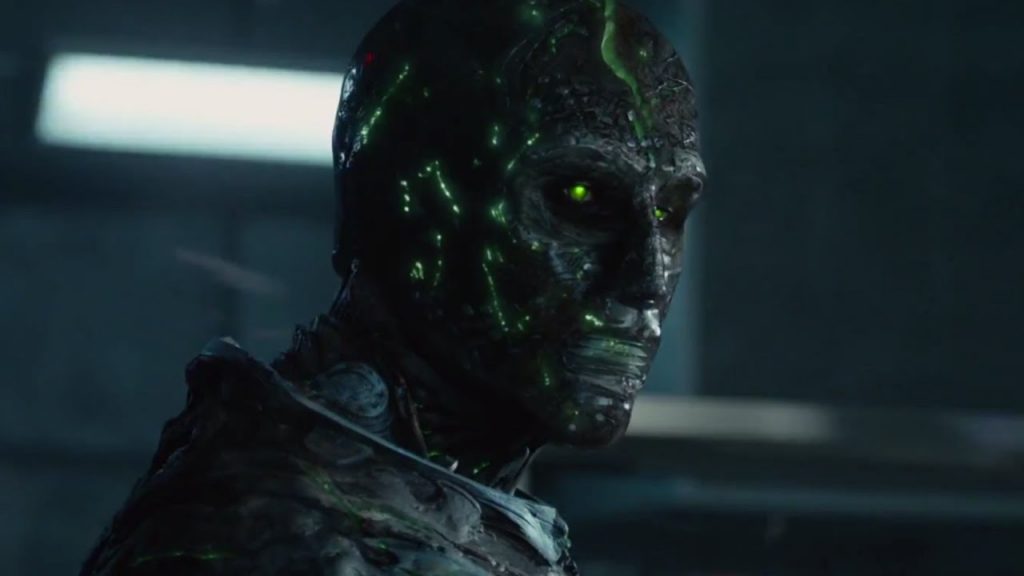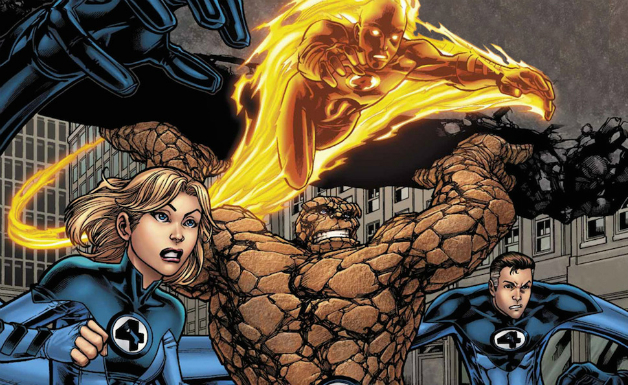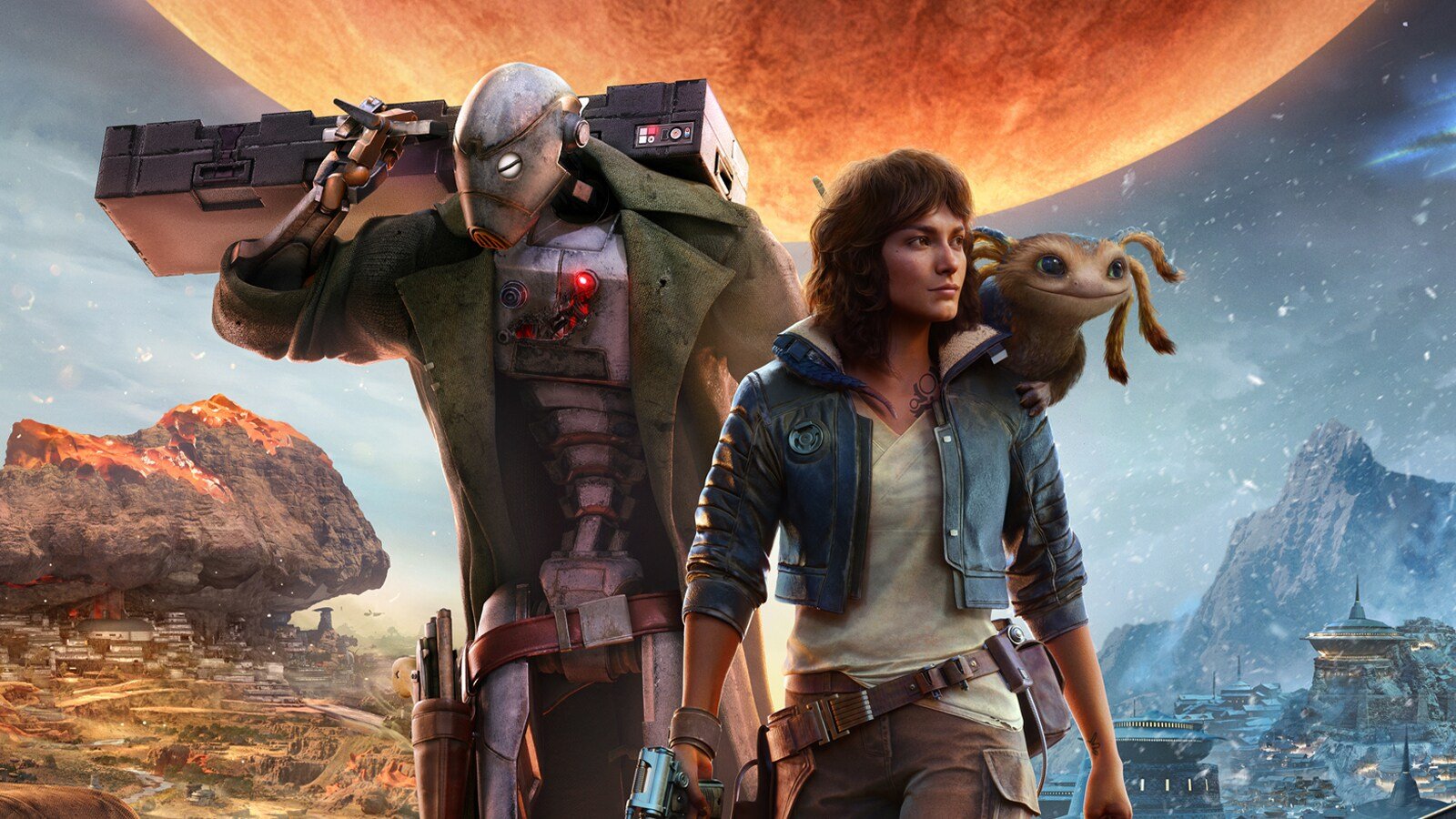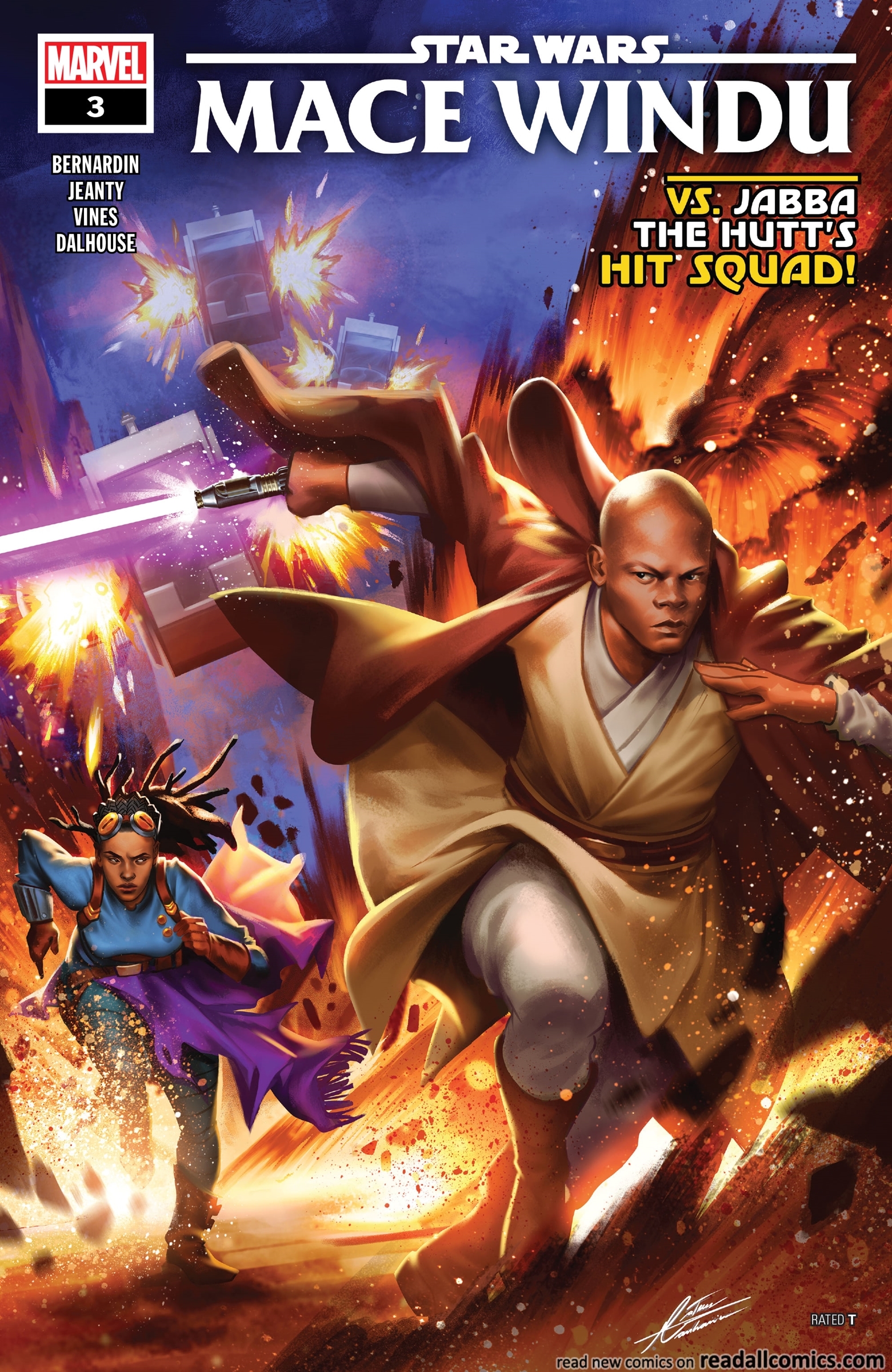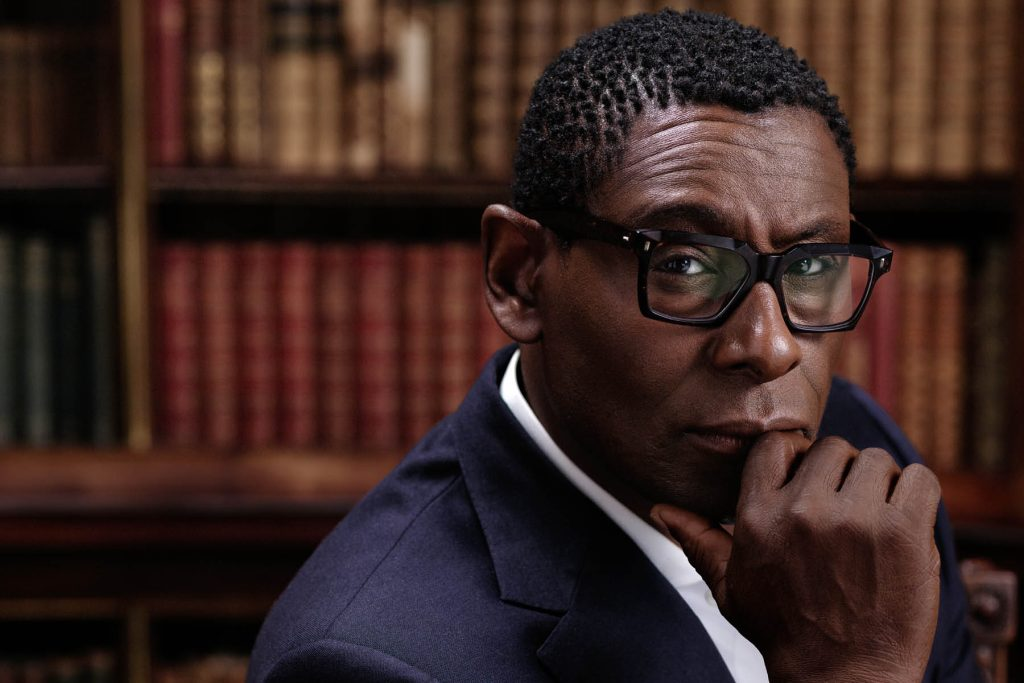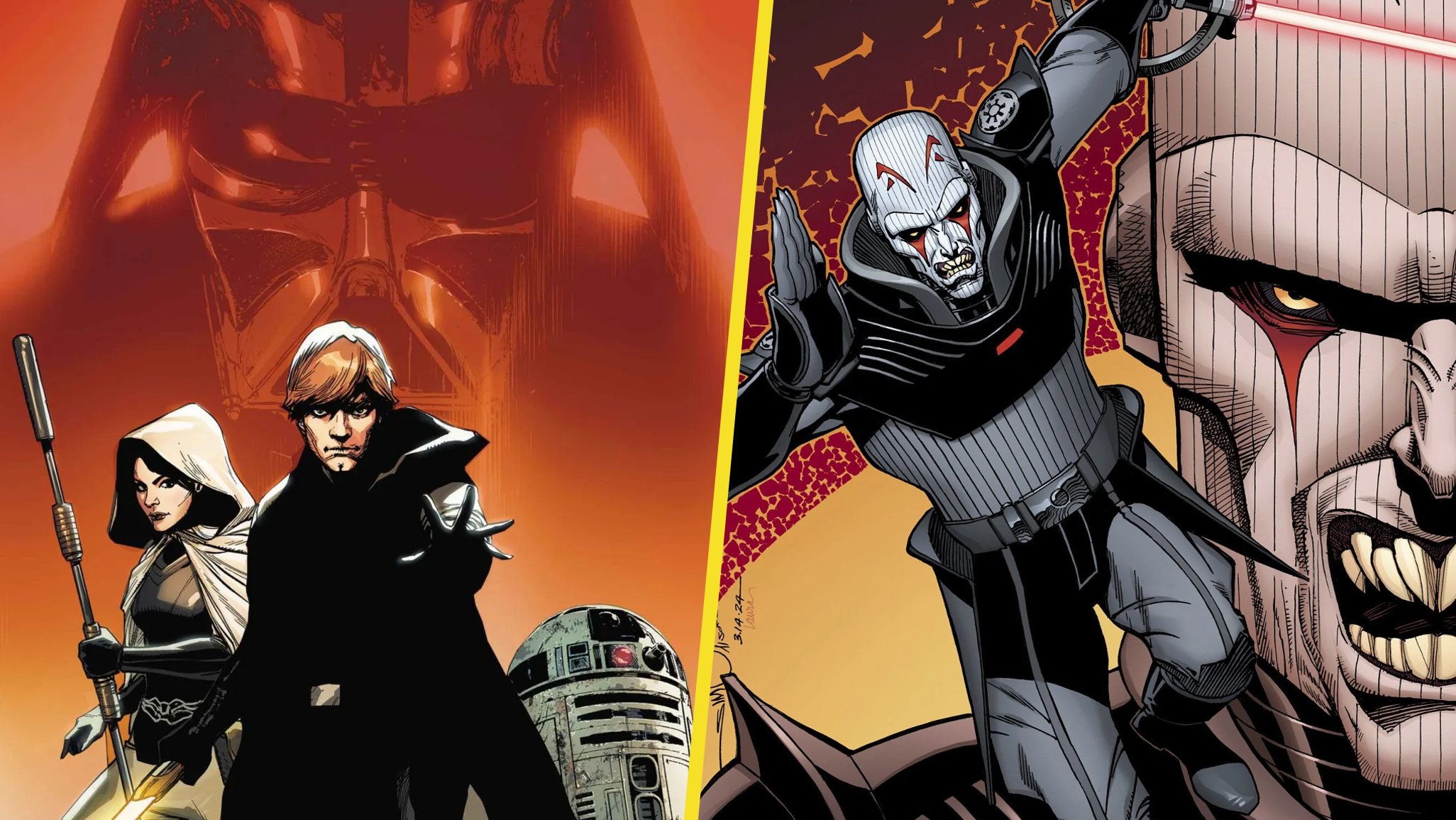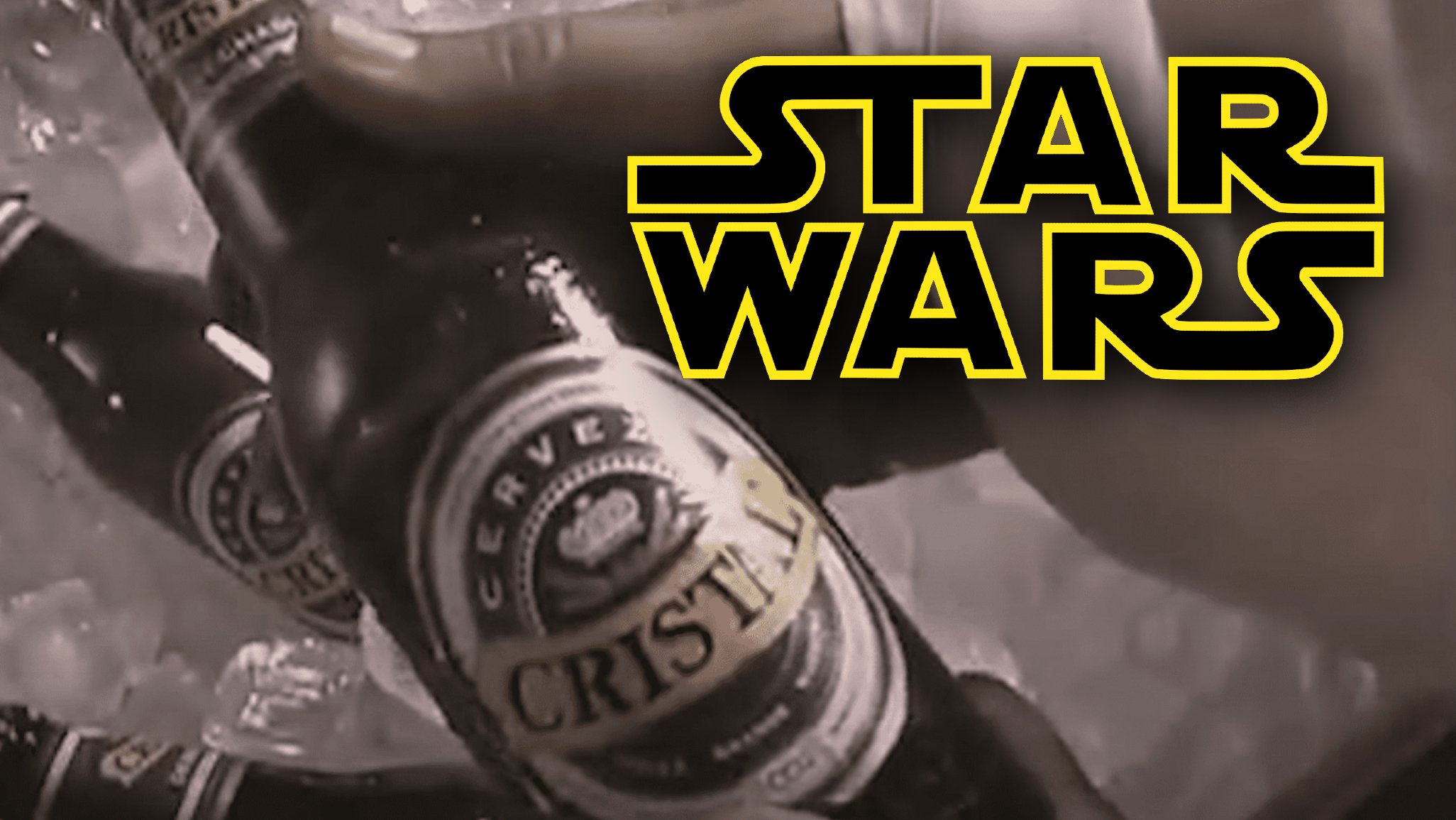Josh Trank and Jeremy Slater Open Up On 2015’s Infamous ‘Fantastic Four’ Reboot
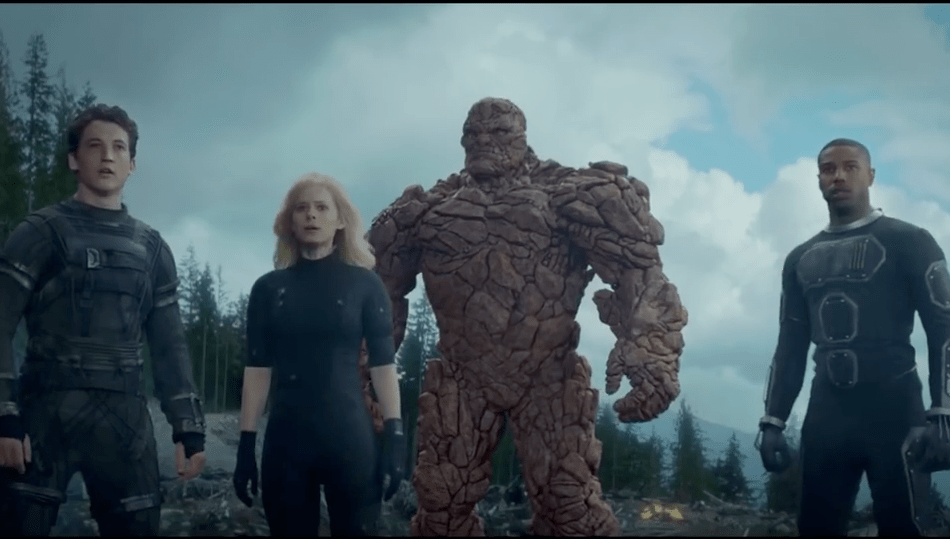
2015’s Fantastic Four, or Fant4stic (pronounced “Fant-Four-Stick”) as it is colloquially referred to by Marvel fans due to a dubious naming convention utilized in the marketing, went down as one of the biggest financial and critical disasters for the superhero movie genre, and seriously hurt the nascent careers of director Josh Trank and writer Jeremy Slater. Nearly five years after it hit the big screen, the two of them open up about what went wrong.
If you need a rundown of the history of Fox’s failed franchise-starter in Fant4stic, then it goes a little something like this: Fox originally had the Fantastic Four movie rights when Marvel sold them in the 1990s to gain capital to save a company on the brink of bankruptcy, and Fox gained these rights after Constantin Film completed the Roger Corman-produced The Fantastic Four (which was never released and can only be seen through bootlegs), director Tim Story managed to bring the property to the big screen with Fantastic Four in 2005 and its 2007 sequel Rise of the Silver Surfer, the latter of which was meant to set up a Silver Surfer spin-off franchise that never came to be. After returns that allowed both movies to break even but not profit as much as the studio would have liked, the company opted for a reboot rather than a continuation of the existing movies, as they had a deadline to get a reboot made before the Fantastic Four rights and all the associated characters would revert to Marvel. Before leaving Fox in 2012, then-studio head Tom Rothman greenlit a darker reimagining of the team’s origin.
2012 also saw the debut of Chronicle, Fox’s low-budget found-footage superhero movie from a then-unknown director, Josh Trank. The film was pretty grounded and was built around the idea of a few teens adjusting to life with superpowers before one of them goes off the deep end – in theory, this was the kind of approach that the studio was looking for in the new Fantastic Four movie, and the movie had the added benefit of managing to make solid use of spectacle and clever editing in spite of a very tight budget. Trank was signed on to work on a movie that was scripted by Jeremy Slater and Simon Kinberg, the latter of whom also produced the film. While several fans apprehensive about the project from the start, citing Fox’s mixed track record on Marvel movies, criticizing the darker tone that the project was aiming for, and questioning casting decisions for the titular team, others gave it the benefit of the doubt… And then rumors about the production came to light.
Accounts of what happened vary, with some reports indicating that Josh Trank was absent from the set on several days and others indicating that he treated the cast and crew poorly due to the significant amount of pressure he faced with working on a larger film; some reports went so far as to paint Trank as a rage-monster that upset the movie’s stars behind the scenes. During this time, Trank was also hired to direct a Star Wars spin-off before stepping down from it. (He claims this was because he knew that he’d be fired if he stayed on.) Fox was unusually silent about promoting the film, and they unceremoniously cancelled a 3-D conversion of the movie months in advance. Word of extensive reshoots quickly got out, with some rumors indicating that Trank was a director in name only while producers Simon Kinberg and Hutch Parker, and editor Stephen Rivkin, supervised restructuring the movie. this work was primarily done with the back half of the film (denoted by Kate Mara’s obvious wig). Ultimately, the finished product screened to a hostile reception from critics and audiences alike, and Trank, in a moment of anger, angrily tweeted out the following message:
“A year ago I had a fantastic version of this. And it would’ve received great reviews. You’ll probably never see it. That’s reality though.”
And while he quickly took the message down, the damage was done: Fant4stic was a gigantic box office bomb that wasn’t worth the effort. Plans for a sequel and to cross this iteration of the team over with the X-Men movie series were quickly discarded and one actor’s passion project – that is to say, Deadpool – would help make up for the shortfall when it vastly overperformed at the box office only a few months later. The entire endeavor to prevent the rights from reverting to Marvel ended up being pretty useless, considering that Disney outright bought Fox’s entertainment assets (Marvel movie rights included) in 2017, just over two years later… But nonetheless, Trank was able to escape director jail after a few years of laying low, resulting in the direct-to-VOD drama Capone.
Right around the release of Josh Trank’s latest film, Capone, Polygon released a very in-depth piece made up of a profile of Trank. The piece features bits of interview throughout, and while promoting Capone was the ultimate focus, a number of questions invariably addressed his ill-fated Fantastic Four adaptation. Prior to that Marvel mishap, he’d been seen as a rising star with the breakthrough success of Chronicle, being offered several projects like Sony’s Venom and an adaptation of the beloved video game Shadow of the Colossus, but it all fell apart with Fant4stic. It all started with the promise of total creative control on the new take on the IP, at which point he hired Jeremy Slater, who helped him develop the story on Chronicle (even though Max Landis actually wrote the screenplay) and was much more familiar with the source material. Trank explains that he envisioned the first film of an intended series as being a different kind of introduction to the team; one to help audiences that rejected the Tim Story movies open up to the franchise, before getting into a sequel that was closer to the pages of “The World’s Greatest Comic Magazine”. Here’s what he had to say:
“The end of the Fantastic Four was going to very organically set up the adventure and the weirdness and the fun. That would be the wish fulfillment of the sequel. Because obviously, the sequel would be, ‘OK, now we are [superpowered] forever and it’s weird and funny and there’s adventure lurking around every corner.’ But the first movie was going to basically be the filmic version of how I saw myself all the time: the metaphor of these characters crawling out of hell.”
Trank, in spite of his early success, found himself stressed out by his rapid rise in demand in Hollywood, and he felt that the movie he worked on reflected this. (Granted, the final product ended up being substantially different, but we’re not there yet.) Nonetheless, “crawling out of hell” pretty aptly describes what he’s had to do in the years since the release of the film.
Slater paints a different picture, suggesting that when it came to the Fantastic Four IP, his ideas and Trank’s weren’t going to mesh well from the start. To begin with, before working with Trank on the screenplay, Slater explained that he wanted to use a recent superhero hit as a template for what they should do… And the director was not a fan. Slater also attempted to provide a library of quality Fantastic Four comics for Trank to draw inspiration from, but nothing interested him:
“The first Avengers movie had recently come out, and I kept saying, ‘That should be our template, that’s what audiences want to see!’ And Josh just fucking hated every second of it… It didn’t matter if they were fighting robots in Latveria or aliens in the Negative Zone or Mole Monsters in downtown Manhattan; Josh just did not give a shit.”
Trank noted that he did have different ideas about the tone of the movie, and while Slater looked through multiple iconic moments throughout various acclaimed runs of the comic to adapt, Trank found the body horror aspect of the origin the most compelling idea to use as a starting point for his narrative. But once that part had been cleared, Trank wasn’t sure what to do – some of the iconic aspects of the comics, with cosmic supervillains like Galactus and Annihillus, seemed too “comic-booky” for a relatively grounded starting point for a potential franchise. Since Reed Richards served as the focal point of this narrative, Trank ultimately decided on a new take on Doctor Doom; even though that character has been in all of the other Fantastic Four adaptations, the character is Reed’s biggest foil and the archnemesis for the team, making his introduction necessary.
Slater claims that he wrote 18 drafts comprising 2000 pages of material, but only two screenplays actually made it to Fox. Trank reportedly served as a messenger from the studio to Slater, sharing notes on what they wanted from the movie, but Slater explains that he barely saw anything that Trank provided:
“Right from the start of the process, Josh told me I wasn’t allowed to speak with Fox without him present. I never saw 95% of those notes.”
Jeremy Slater ultimately left the project six months after signing on, leaving the remaining writing to director Josh Trank and producer Simon Kinberg, who noted that he had creative burnout with superheroes after his work on X-Men: Days of Future Past. (Slater would describe the final movie as being somewhat reflective of the first 40 pages of his script, just extended and devoid of most of the superhero action that he had written.) Unfortunately, one of the biggest issues that they had was that, by the time filming began, they had no third act to their screenplay. Worse still, some of Trank’s personal demons apparently flared up around this time, which is when some of the rumors about Fant4stic‘s troubled production began to surface; one source that reached out to Polygon stated that the film did not really have a script or a director at the time that it was supposed to move forward. But, overall, things were pretty tense on the set.
One incident that was rumored about the film in an Entertainment Weekly piece (via ComicBook.com) was that Trank and lead actor Miles Teller nearly got into a physical fight on the set after a war of words happened. One of his dogs died after ingesting some vitamins. And throughout filming, there was a general feeling that the production could be shut down at any time. The movie, when production finally wrapped, was made without an actual ending. Trank mentioned that he was so concerned for his own safety that he bought a loaded revolver for his own protection. Suffice it to say, he was not in a good place while he was filming Fant4stic, which he reflects on below:
“I was so fucking paranoid during that shoot. If someone came into my house, I would have ended their fucking life. When you’re in a head space where people want to get you, you think, ‘I’m going to defend myself.'”
Trank explained that the overall experience of filming a $150M tentpole was nothing like making Chronicle, which was functionally an indie film with a modest budget. He noted that, even though he was promised creative freedom, a lot of decisions were being made for him as several large gears were put into motion with a production that cost over ten times as much to make:
“There are two emotions when you’re at the helm of something that will represent you: dread or excitement. There’s not a lot of in-between. There’s so much at stake. You want to be mostly excited, but how will [the movie] affect my life? Did I make a mistake on a shot that could hurt me? …In a studio scenario, you’re basically being surrounded by veterans who are going to do a hell of a job doing exactly what it is that they do. Because it’s not your movie. You didn’t come up with it. You didn’t create these characters. You didn’t create this property. This guy was fucking nominated for Oscars. This guy has fucking made 20 movies with Robert Zemeckis. It’s a fucking science-fiction adventure movie. What the fuck do you need to tell them other than the direction of the agreement between you and the studio? All Zemeckis’ production designer needs to know is whether this is the take, yes or no.”
Trank ultimately decided that his Fantastic Four movie was going to be something that left people caught off-guard, and that extended to executives that saw his initial cut. The first assembly cut that was screened, described as being more morose than the final product, left them feeling that they had an unmarketable movie on their hands. As such, they shuffled the cast and crew back together to do more reshoots than had initially been planned, mostly to restructure the second half into being more of a conventional superhero film befitting of the Fantastic Four – or at least as much of a conventional superhero film as they could make it. Various uncredited writers did additional work with a do-over on a good chunk of the movie, while Trank sat back and endured what he described as a humiliating experience:
“It was like being castrated. You’re standing there, and you’re basically watching producers blocking out scenes, five minutes ahead of when you get there, having [editors hired] by the studio deciding the sequence of shots that are going to construct whatever is going on, and what it is that they need. And then, because they know you’re being nice, they’ll sort of be nice to you by saying, ‘Well, does that sound good?’ You can say yes or no.”
It was initially thought that they would shoot a big, CGI-heavy action scene in post-production; by the time that they reshot everything else, they only had enough money to shoot a confrontation that lasts for about a minute, after some initial dialogue and scenes of the team indirectly fighting Doctor Doom. All the while, Trank assembled his own edit of the film to test for audiences while Fox tested their own cut. Ultimately, it became clear that Trank’s cut was going to be discarded in favor of the studio’s, which likely served as the inspiration for an eventual, now infamous rage-tweet – one which was said to have cost Trank friendships and connections in the film industry.
All of this resulted in a sub-par superhero adventure that nobody was pleased with and was dead on arrival. Critics hated it. Audiences rejected it with a poor opening weekend and very weak legs at the box office. Fans who were hoping that this would accelerate the Fantastic Four IP’s return to Marvel Studios threw fits of rapture. The movie won 3 of the 5 Razzie Awards that it was nominated for, including a tie for Worst Picture with Fifty Shades of Grey. Josh Trank swore off blockbusters and that was that – as quickly as he had become “Hollywood’s Next Big Director”, Trank fell back into obscurity. He recalls that he was in a sort of limbo after the release of the film, feeling like he wanted to “fucking die”, and that he was only able to come out of this malaise with the assistance of therapy and self-reflection in journals:
“I had been exposed to a permanent version of reality where I had no reason to live because there was nothing that I desired. I didn’t want to be a big filmmaker anymore. That’s all I ever wanted. I didn’t know what I was anymore… When I realized that I could start over, that was the first moment that I suddenly felt something again. Starting over began with writing the first page of Fonzo.”
And with that, Trank began the process of writing his latest film, retitled Capone, which is now available to watch on-demand. From the sound of things, Trank was happy to actually work on this movie and the cast and crew were much more receptive to him than they were with his previous feature-length movie.
Since Fant4stic, Trank has opted to go with small movies that have way more in common with Chronicle than Fant4stic. Meanwhile, Slater has had more luck, finding success with Netflix’s positively-received and well-viewed adaptation of Dark Horse’s The Umbrella Academy; he has even found himself back in Marvel’s graces, as he is now the lead writer and showrunner on the Disney+ series Moon Knight. On an incidental note, Marvel Studios have openly committed to bringing a new take on the Fantastic Four into the Marvel Cinematic Universe… Which will hopefully prove that, after three cinematic iterations that weren’t particularly well-liked, perhaps the fourth time will be the charm.
Grant Davis is a freelance writer who has covered entertainment news for more than seven years. His articles have frequently appeared in Star Wars News Net as well as as other entertainment-related websites. As someone who grew up on Star Wars and comic book movies, he’s completely thrilled with the current era of genre entertainment.

